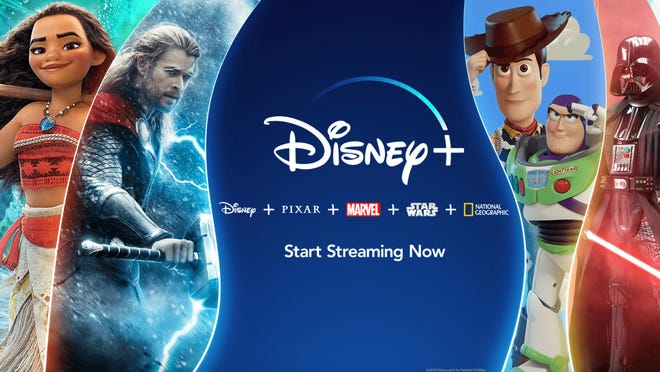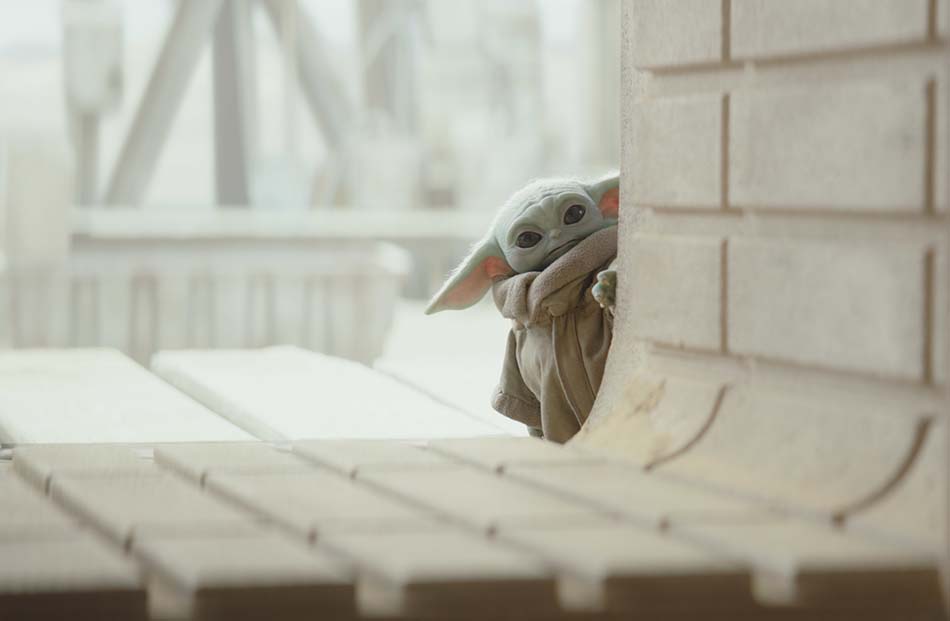Disney Needs to Spend More to Halt Disney Plus Slowdown, Top Analyst Says
MoffettNathanson says bundling Disney Plus, Hulu could attract older viewers, while Barclays points to more, better content

The slowdown in Disney Plus subscriber growth has helped push the stock down by more than 7% over the past month, and two influential analysts said the entertainment giant will likely have to dig deep and spend more on content to get itself back on track.
Shares in The Walt Disney Co. closed at $171.18 on Oct. 19, up 4 cents from the day before, but the stock has been on a downward slope since Sept. 17, when it closed at $183.47 per share, just before CEO Bob Chapek said at the Goldman Sachs Communacopia conference that Disney Plus additions would be in the “low single-digit millions” in fiscal Q4, which ends Sept. 30. That marked a big fall off from previous quarters — it added 12.4 million in fiscal Q3 and 21.2 million in fiscal Q1 — and spooked investors who saw it as a sign that the subscriber growth train was grinding down.
Disney Plus launched in November 2019 and quickly became the gold standard for streamers, signing on 10 million users in its first day and passing 100 million paid customers just 18 months into its existence. Analysts and Disney executives all cheered at the astounding success of the product, especially since Disney didn’t seem to be spending a whole lot on additional content to attract that audience. Two years after that much-ballyhooed launch, the Disney Plus juggernaut has started to hit the brakes, adding about 42.3 million global subscribers over the past three quarters, compared to 57.5 million additions in the same period in 2020. That led some analysts to rethink their outlook on Disney as the entertainment giant searches for ways to boost growth.
In fiscal Q4, MoffettNathanson media analyst Michael Nathanson estimates that Disney Plus will add about 2 million subscribers, its lowest total since its inception.
In a research note Oct.18, Nathanson, citing independent research from HarrisX, wrote that one reason for the subscriber slowdown could be the service’s poor adoption rates with older viewers. Citing a HarrisX poll that asked consumers by age group which service — Netflix, Amazon Prime Video, Hulu or Disney Plus — they or someone in their household used to stream content, Disney Plus logged the lowest viewership with customers older than 55. It tallied just 18% of respondents, compared to 66% for Netflix and 56% for Amazon Prime Video. Hulu, which is controlled by Disney, was also on the low end when it comes to older viewers, with 26% of consumers over 55 years old saying that they use the service.

That is most likely due to the type of content available on the various services. Disney Plus caters to homes with small children, as well as Star Wars and Marvel fans.
“We think that Disney needs to both invest in more original scripted general entertainment content at Hulu and Disney Plus while marketing Disney Plus in a bundle to older households,” Nathanson wrote.
Multichannel Newsletter
The smarter way to stay on top of the multichannel video marketplace. Sign up below.
Disney has held to its forecasts that it expects to have between 230 million and 260 million Disney Plus subscribers globally by 2024. But to reach that target, the company will have to add about 37.3 million new customers per year, a figure that Nathanson wrote could be difficult, but not impossible, to achieve.
Nathanson predicted Disney Plus would have about 245 million global subscribers by the end of fiscal 2024. But a lot of that will depend on how successful the service is in attracting customers outside the U.S. To date, between 30% and 40% of Disney Plus’s annual subscriber growth has come from Disney‘s Hotstar Plus service in India. According to Nathanson’s estimates, Hotstar Plus will account for about 47% of total Disney Plus subscribers by 2024.
Some See Structural Issues
But though Nathanson is optimistic that Disney Plus will reach its targets, other analysts aren’t so sure. On Tuesday, Barclays Group media analyst Kannan Venkateshwar lowered his rating on Disney to “Equal Weight” from “Overweight,” adding in a research note that the slowdown in subscribers is happening even as Disney has launched new franchise titles and day-and-date movie releases and Star Plus sports content in Europe and Latin America..
“Part of this slowdown could be a function of growth pull forward into 2020 and promo roll-offs, but we believe it could be due to structural factors capping growth,” Venkateshwar wrote. “In order to get to its long term streaming sub guide, Disney needs to more than double its current pace of growth to at least the same level as Netflix. We believe this may be tough to do.”
According to Venkateshwar, Disney Plus has been adding about 2.5 million domestic subscribers — not including Hotstar Plus — every quarter for the past three quarters. To reach the 230 million goal, he predicts Disney Plus would have to more than double that pace to around 7 million subscribers globally (not including Hotstar +) per quarter.
The Barclays analyst pointed to Disney’s industry-low streaming content -- 1,343 titles compared to 7,972 titles for Amazon Prime. And though Disney has stepped up its game to release at least one piece of new content each week, it often isn’t compelling enough to attract new customers.
“In our opinion, the problem Disney faces is that of low engagement, as there are barely enough shows to keep audiences interested in the service,” Venkateshwar wrote. “While the company appears to be targeting one new piece of content a week, not every piece of content has the same franchise value or visibility which means the releases that actually drive origination or engagement have a much lower frequency.”
Adding more content could help subscribers growth, but Venkateshwar notes that Disney’s content structure — currently focused on theatrical releases of franchise movies ± may make that harder.
“In a streaming-first world, the proliferation of content and streaming services means that continuous engagement needs significantly more volume of content,” Venkateshwar wrote. He added that serialized franchise content across theatrical and streaming platforms becomes a problem because the timing shift of one title creates a ripple effect on the release schedule of other titles across other platforms.
A Changing Content Game
The content game also is changing, Venkateshwar wrote, as other players like Apple, Amazon and HBO spend as much or more on content as Disney. And Netflix added another wrinkle with its entrance into video games and local production facilities — which Disney does not have — around the globe.
“This is why it is likely to get tougher for Disney Plus to get both price and volume,” he wrote.
In his note, Venkateshwar noted that even Hotstar‘s growth could be impacted, because it relies heavily on the rights to televised cricket matches, which reset next year.
“Recent M&A in the market may result in either more pressure on rights costs or a loss of these rights,” Venkateshwar wrote, adding that he expects Disney Plus to end 2024 with about 200 million subscribers.
Mike Farrell is senior content producer, finance for Multichannel News/B+C, covering finance, operations and M&A at cable operators and networks across the industry. He joined Multichannel News in September 1998 and has written about major deals and top players in the business ever since. He also writes the On The Money blog, offering deeper dives into a wide variety of topics including, retransmission consent, regional sports networks,and streaming video. In 2015 he won the Jesse H. Neal Award for Best Profile, an in-depth look at the Syfy Network’s Sharknado franchise and its impact on the industry.

